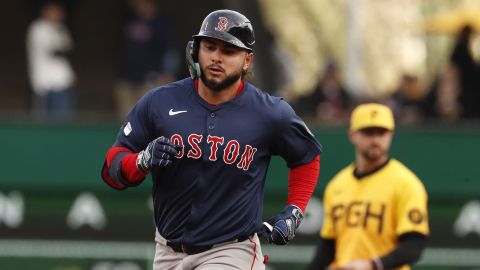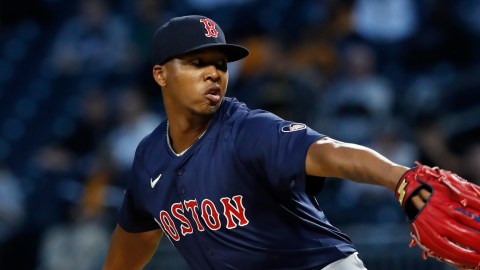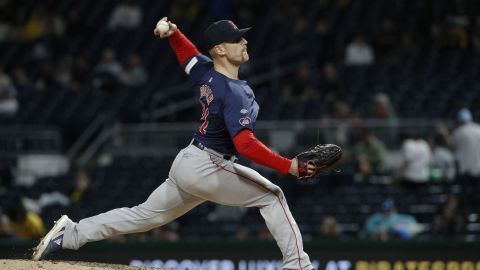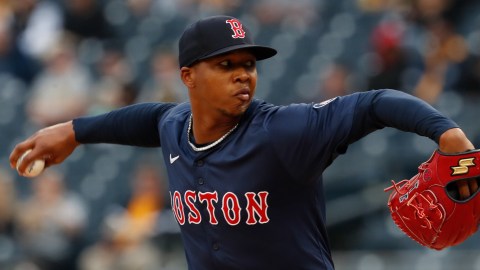The day after taking a ball off his noggin in spring training, Josh Beckett said it was his second concussion. The first, he said jokingly, came in a little bar scrape back in the day, a boys-being-boys incident that left him none the worse for wear.
The second caused him to think a bit about things.
"I went to lunch 1 1/2 days later and I couldn't do it," Beckett said. "I couldn't be away from my house without laying down. That's when I finally realized, hey, something's wrong."
The incident, which occurred when Red Sox staffer Ino Guerrero batted a ball back toward the infield during batting practice in Fort Myers, catching Beckett in the side of his head, did serve a purpose, although Beckett likely wishes he wasn't part of that. It brought further attention to the issue of concussions in baseball. The matter was addressed by MLB through a new seven-day disabled list reserved solely for concussion victims.
Thus far, a handful of players have hit the list, including Baltimore second baseman Brian Roberts. Beckett never needed such assistance, and may not have even if it was the regular season. He was back on the mound in a matter of days.
That doesn't mean that those few days of waiting for the go-ahead were not without concern.
Baseball, having less contact to the head than other sports, has not needed to address the matter in the way that football and hockey have in recent years. But any time there are hard projectiles flying around at men wearing little more than a layer of fabric on their heads, and players colliding at bases with knees and elbows exposed, there will be head injuries.
After seeing players such as Mike Matheny and Corey Koskie have their careers wiped out by concussions and their lingering effects, and others like Jason Bay and Justin Morneau struggle mightily with the injury, MLB has taken note and wants to ensure that players are never rushed back before the healing process is complete.
The medical community has made incredible strides in this regard, in part because of the efforts of professional sports in highlighting the perils of concussions, both short- and long-term.
That knowledge does not need to be limited to the playing surface. Simply heading back to a desk job one day after taking a shot to the head could be dangerous. Sure, it's more difficult to take a day off when salaries are not on par with professional athletes, but the impact could be felt for years to come.
After Beckett's incident, there were plenty of jokes made around the clubhouse. Beckett himself took part, sporting a crossing guard vest complete with reflective material the day after it occurred and making sure Guerrero had him spotted throughout the afternoon. Manager Terry Francona found an opportunity to reflect on his concussive days. Although some of it was in good fun, it illustrated the extreme lack of concern that once surrounded these injuries.
Francona said he probably had as many as five concussions during his playing days, including one he received diving into a car to hitch a ride to a tournament. His coach at the time found out that Francona's headaches and blurriness seemed to disappear when he ran, so he played him.
Things have changed dramatically since then, and Francona can now bide his time with concussed players, and do so without hampering the rest of the roster.
Although he was afforded plenty of time (the concussion came at the end of February), Beckett realized after taking a step back how valuable that time off can be.
"I don't have to worry about that reoccurring," he said. "It's not something I'm concerned with happening again."



